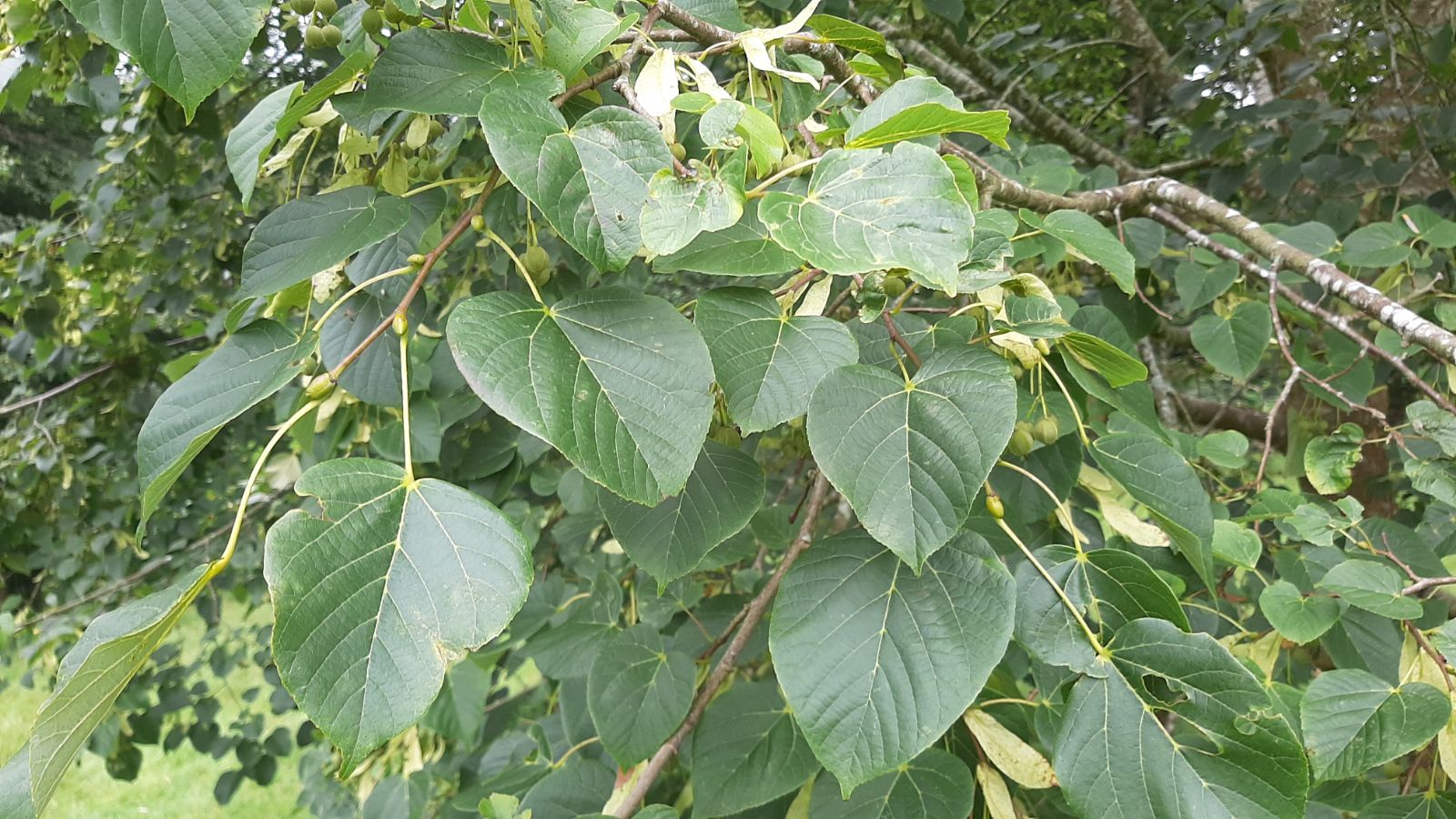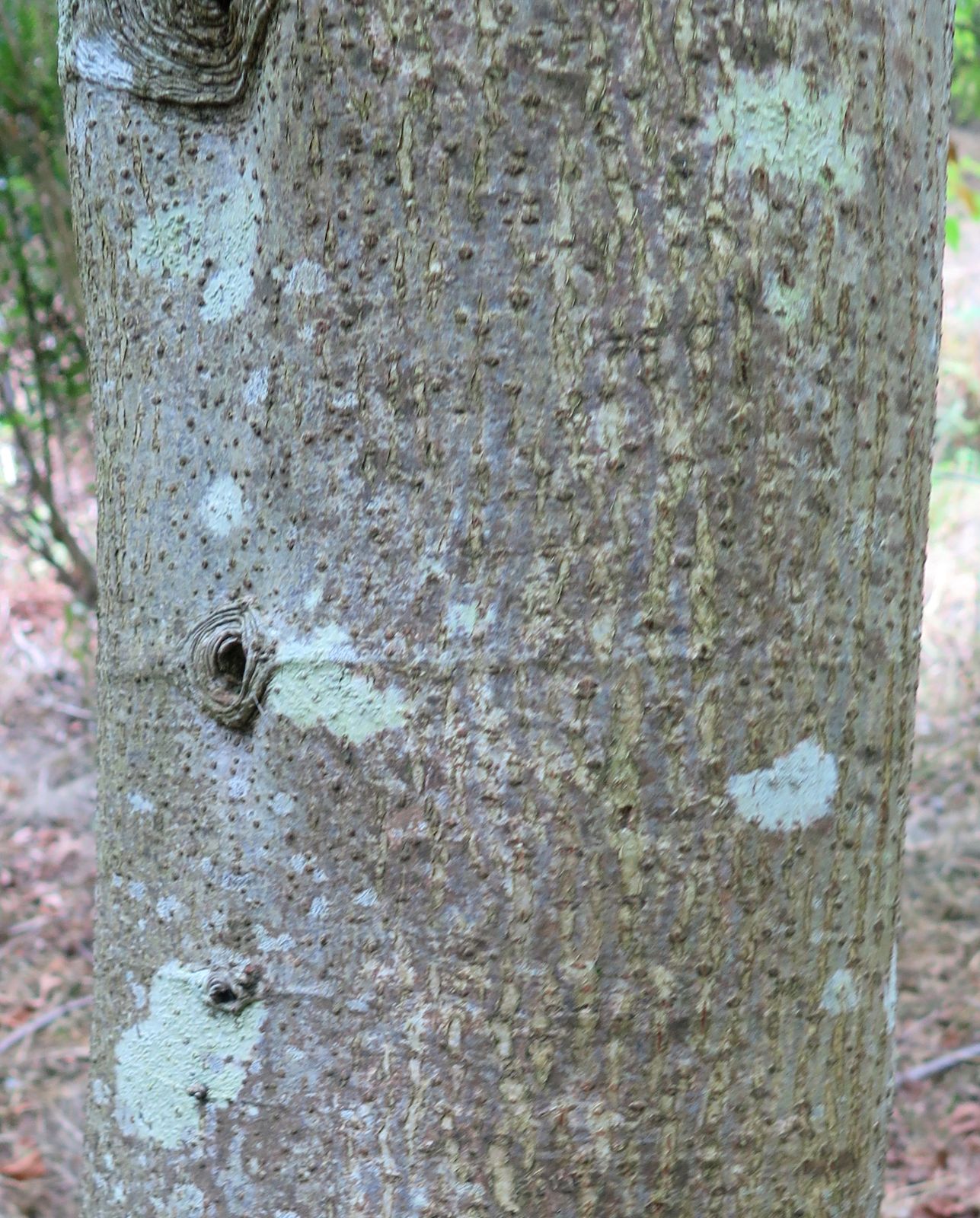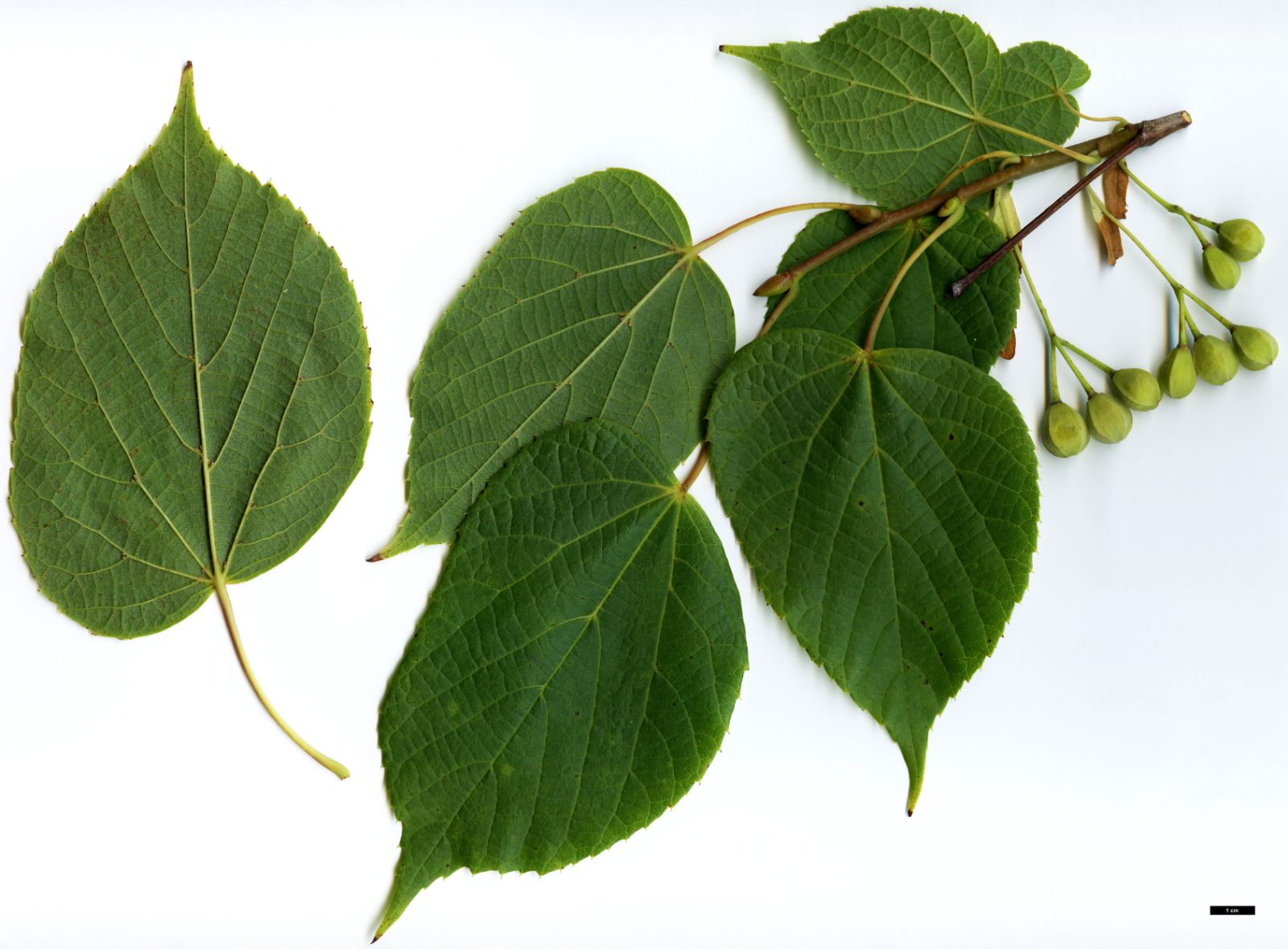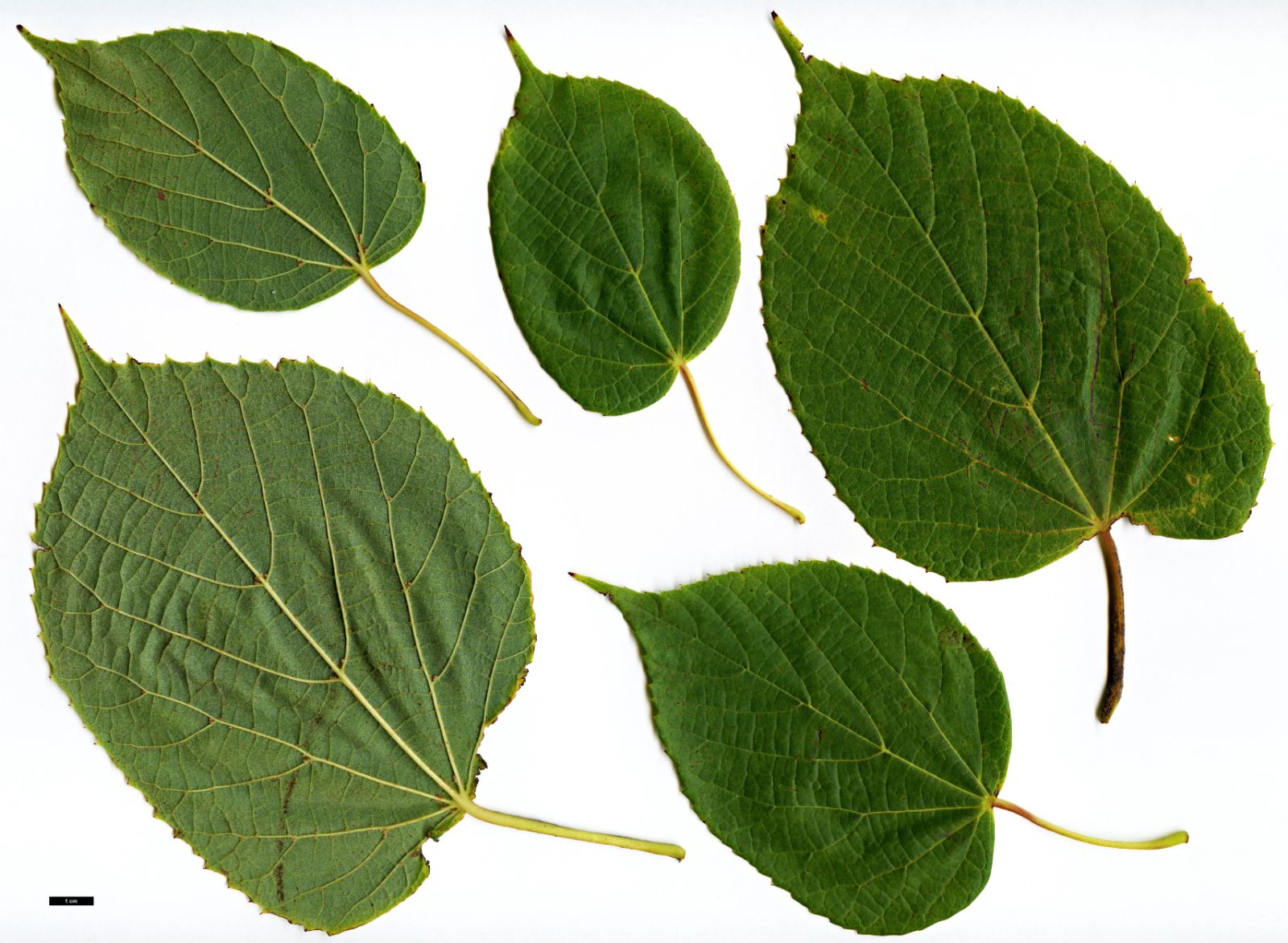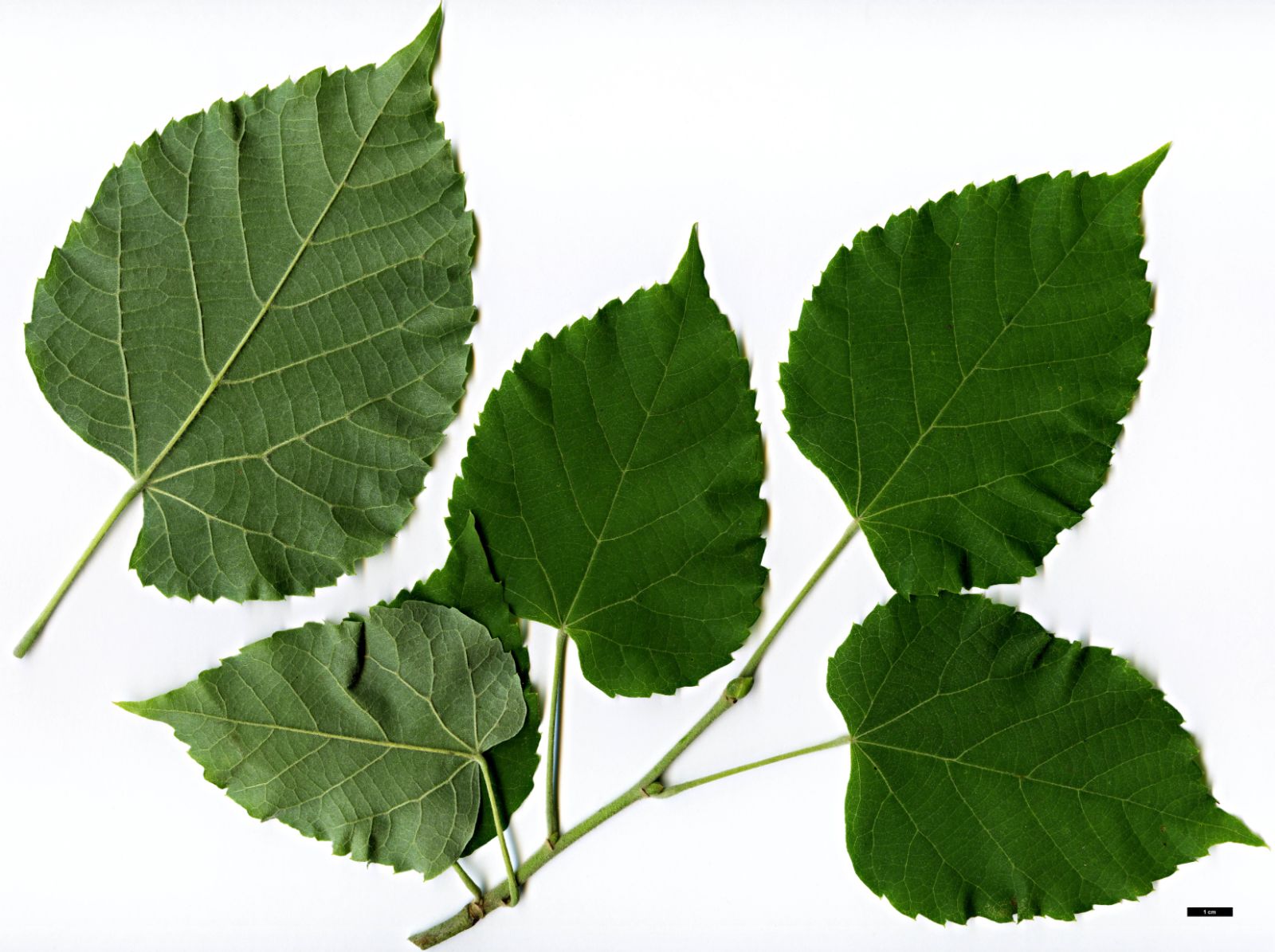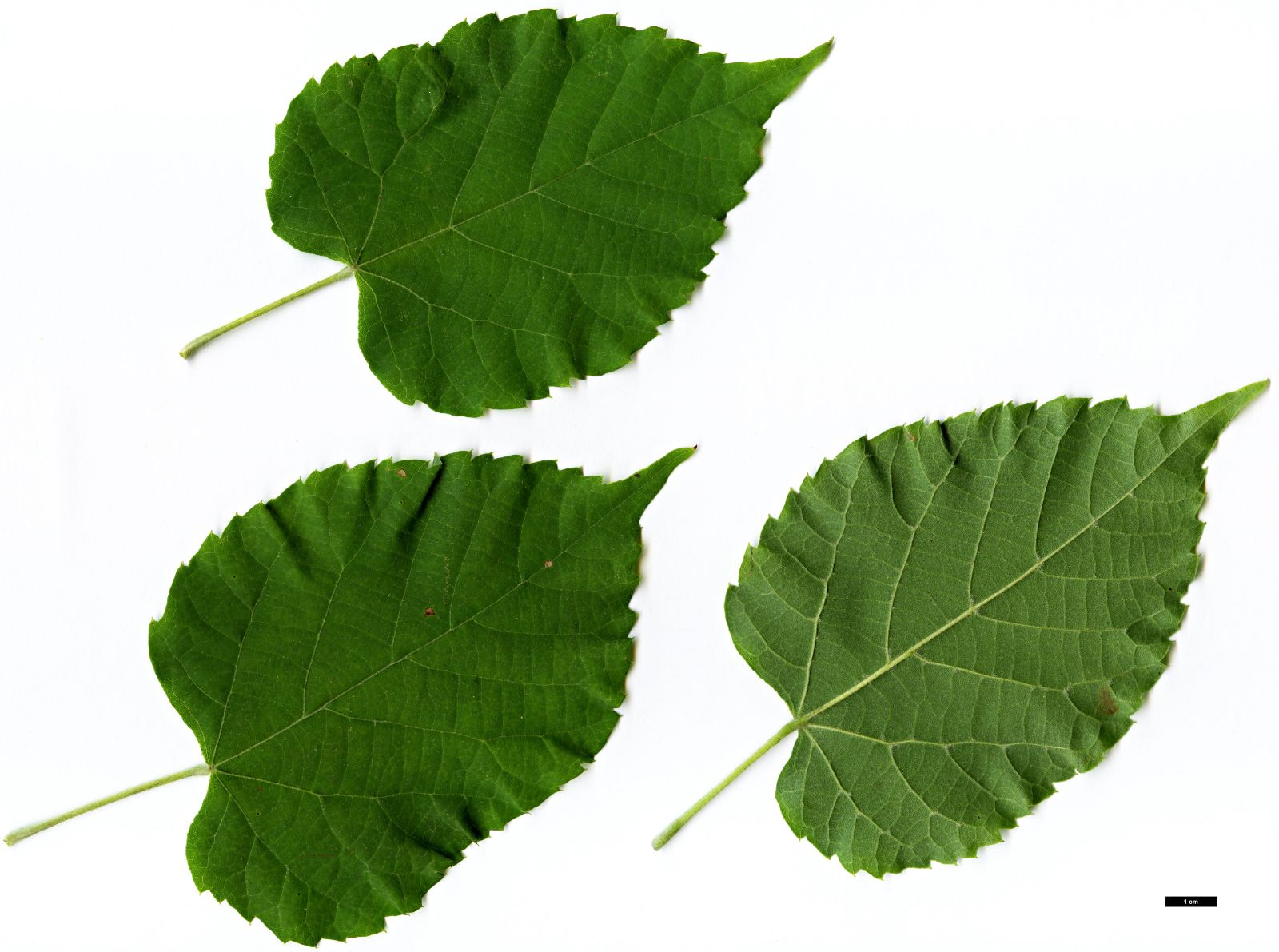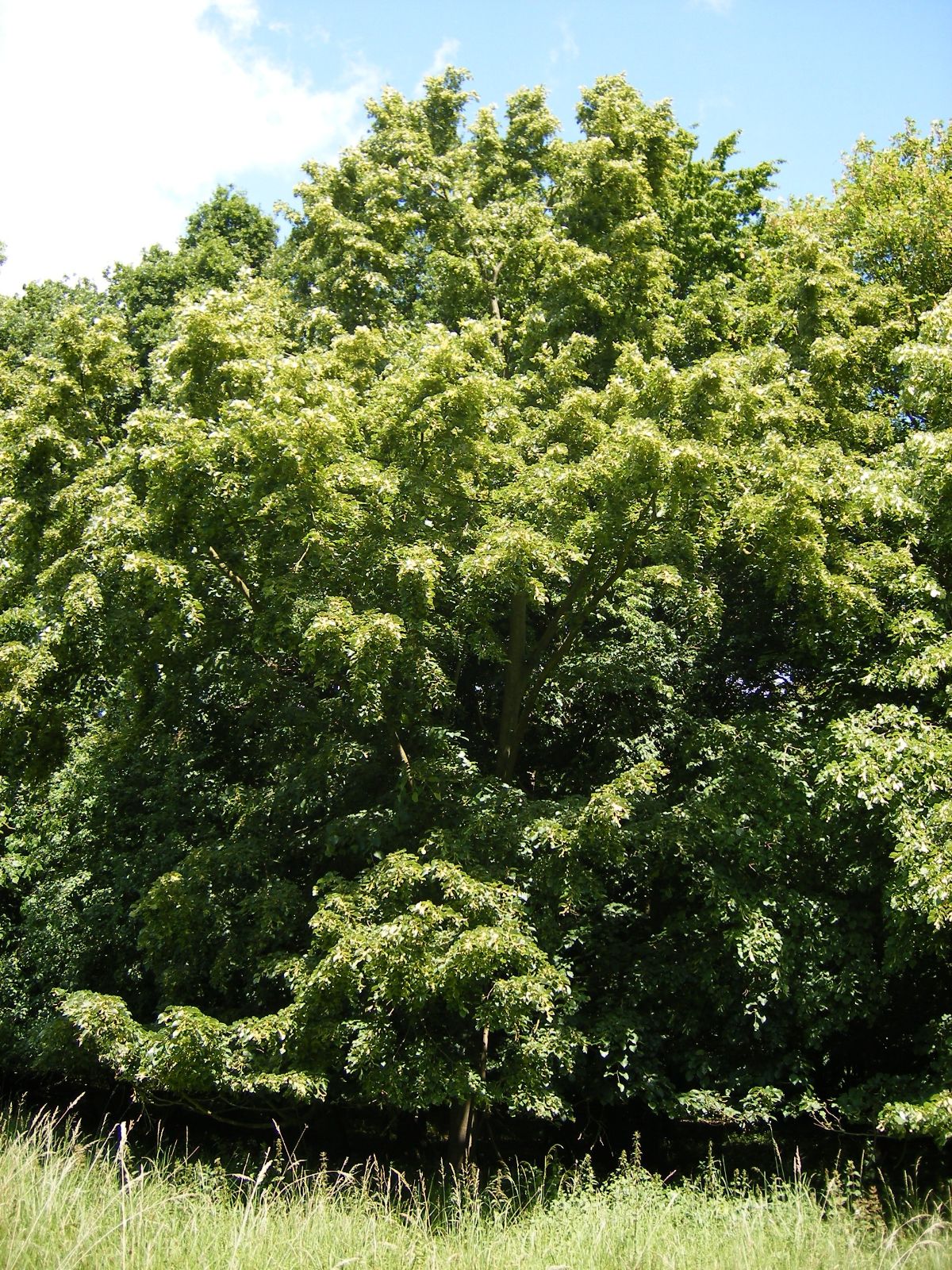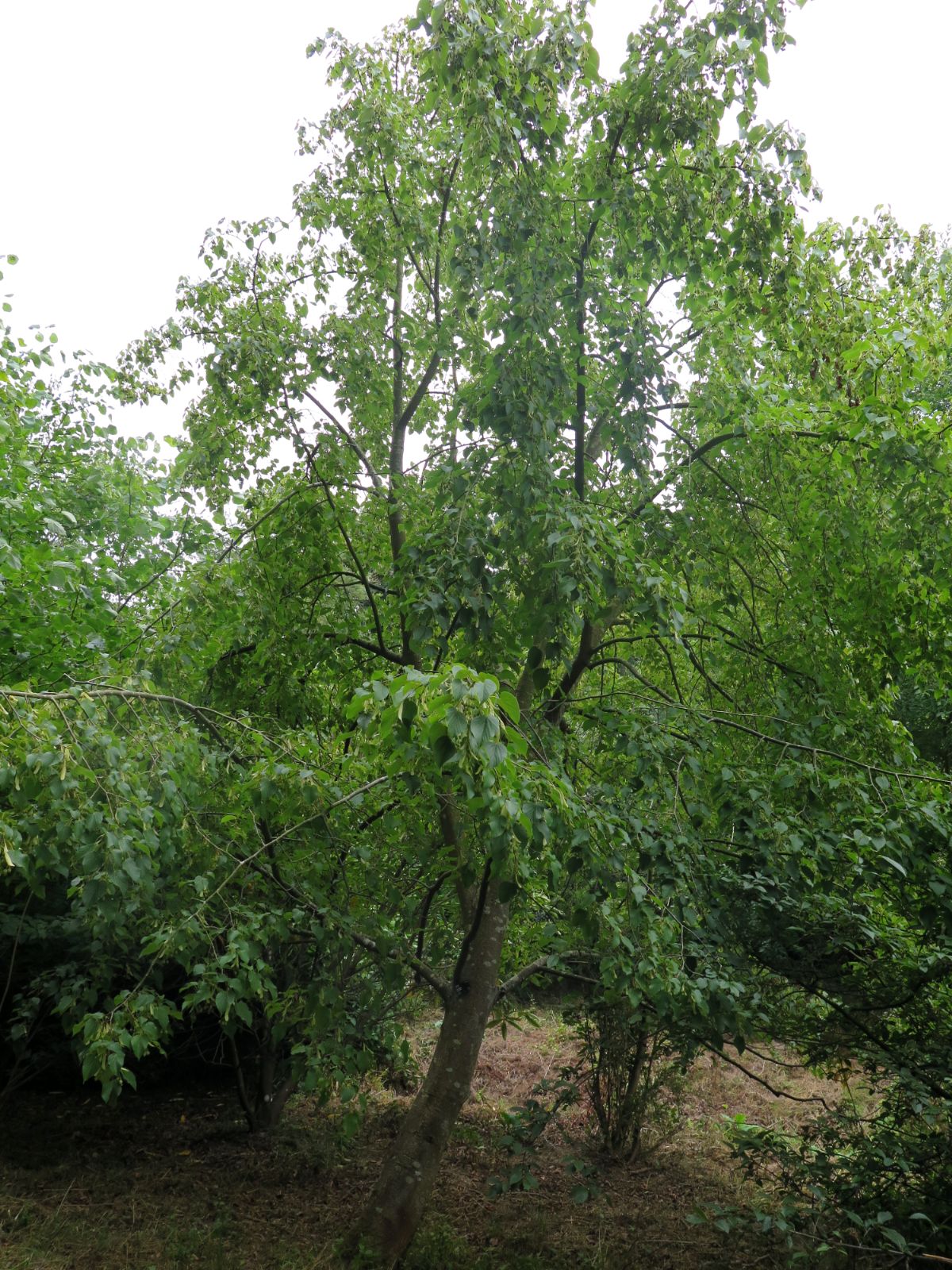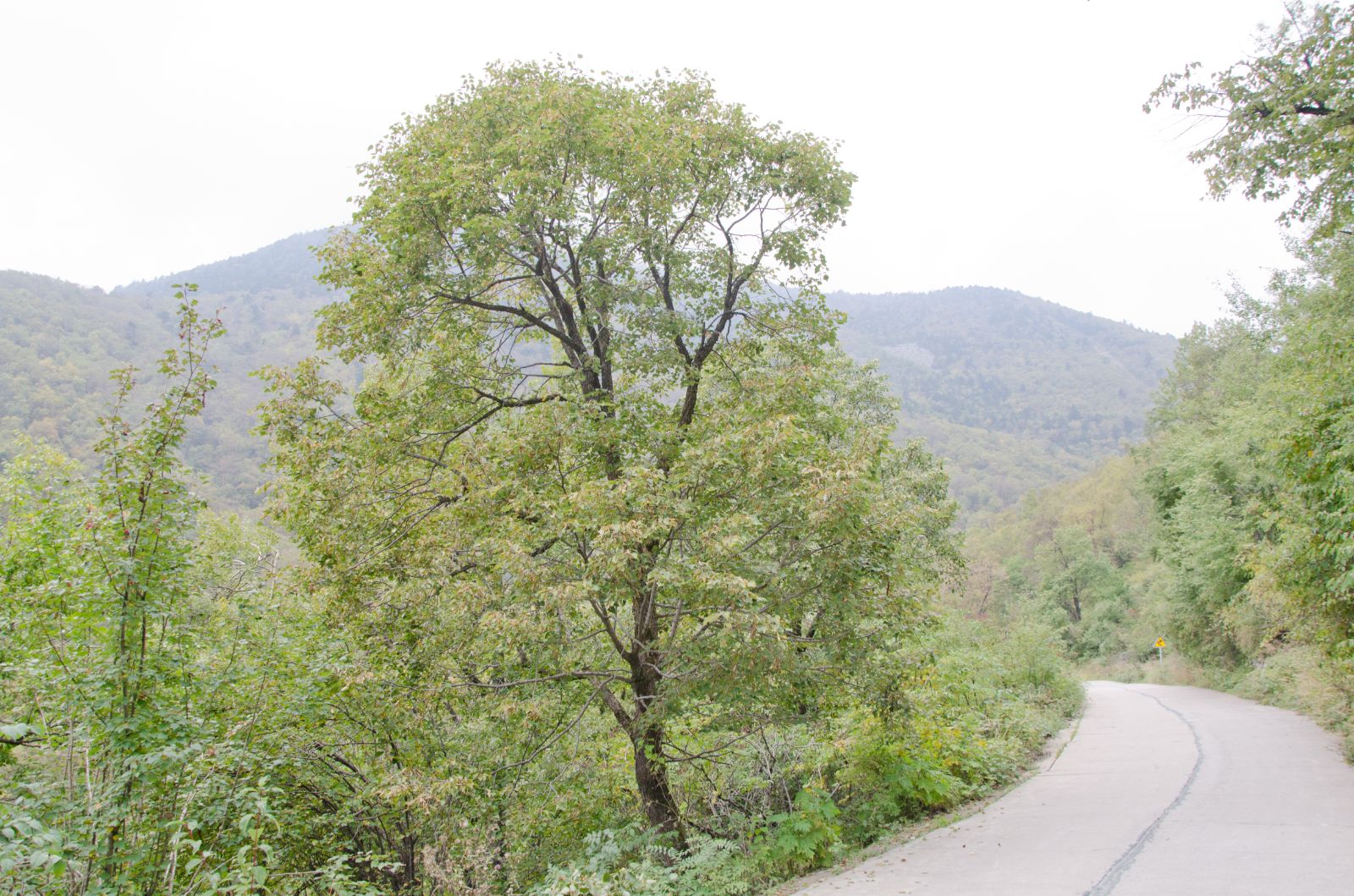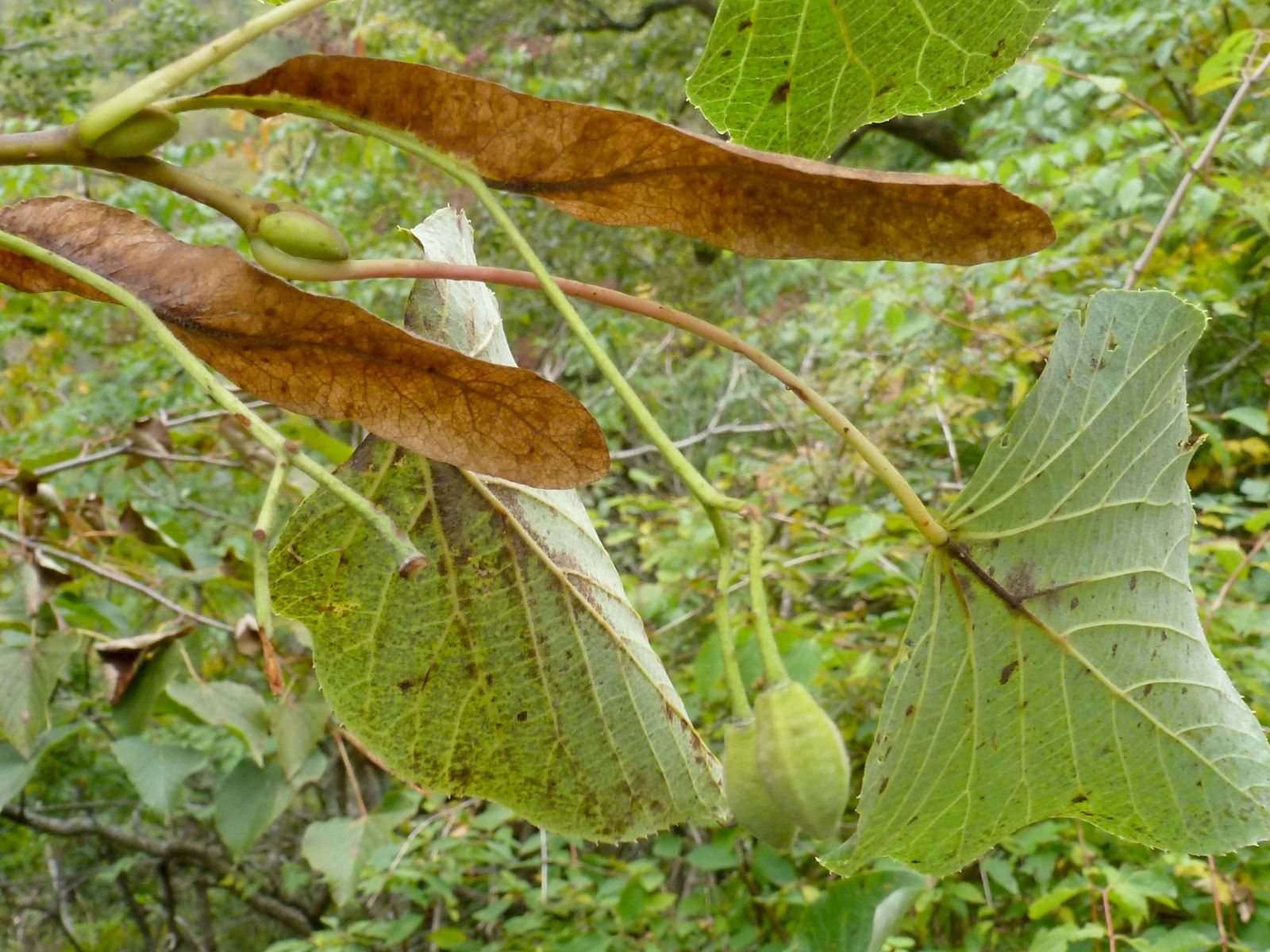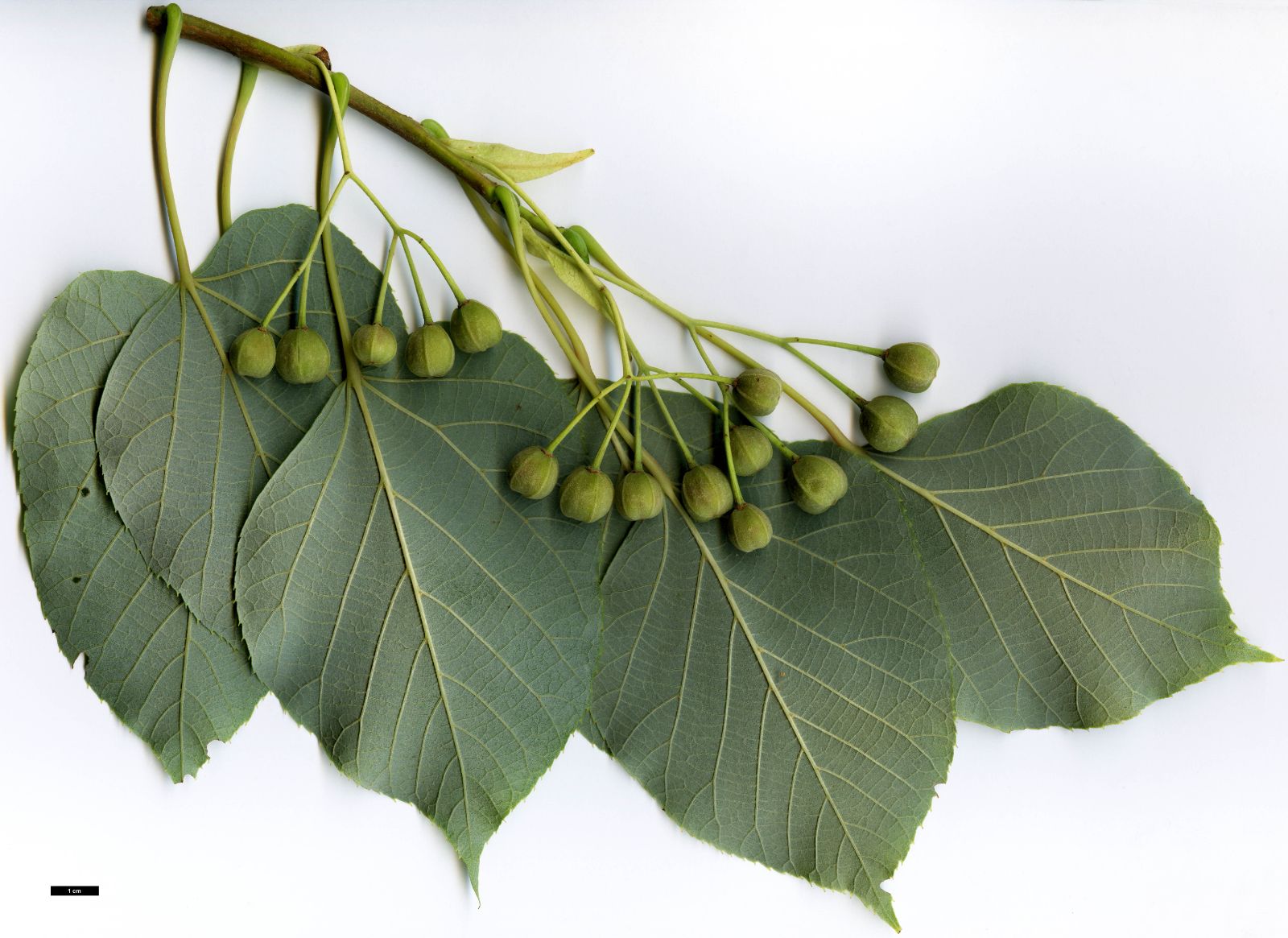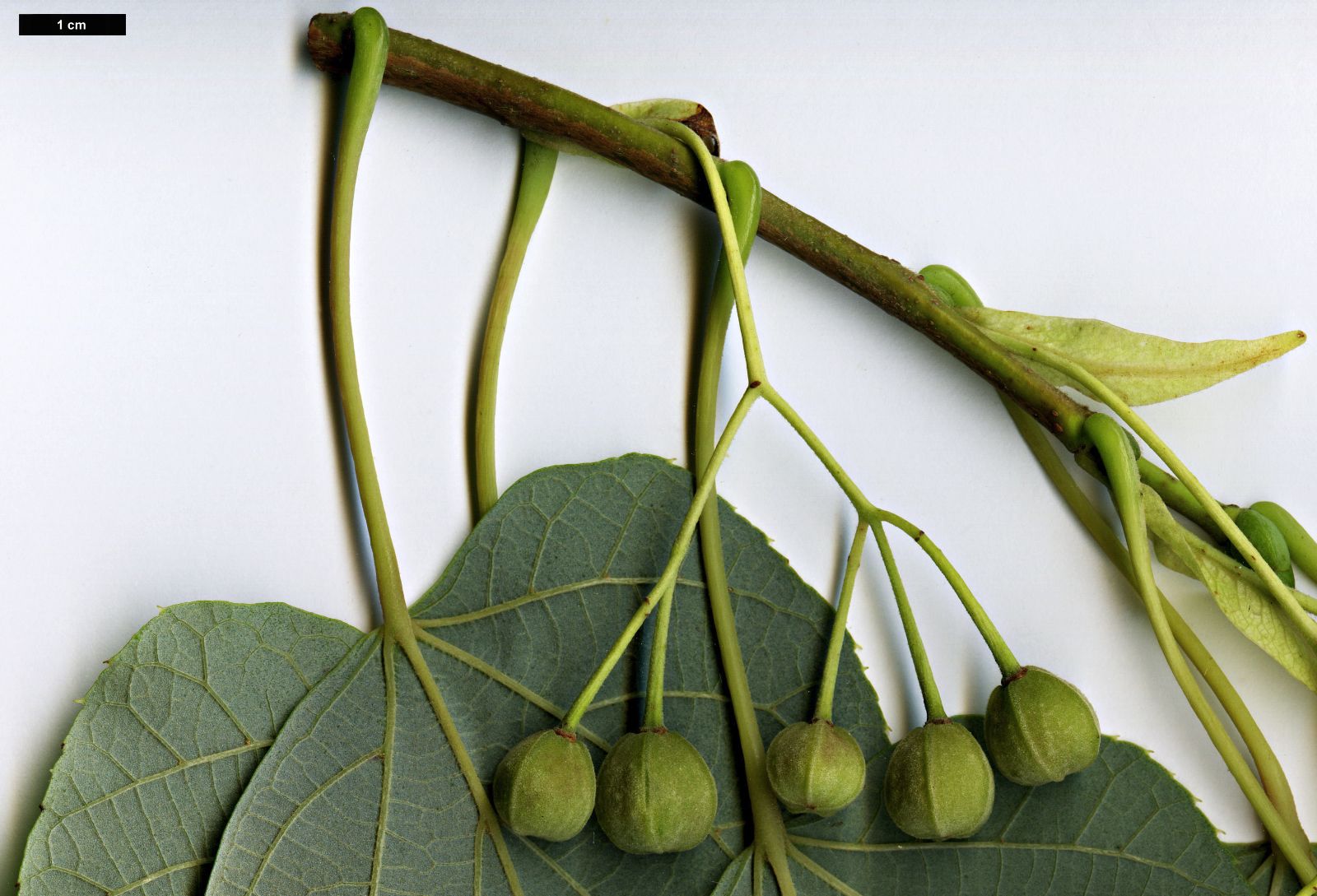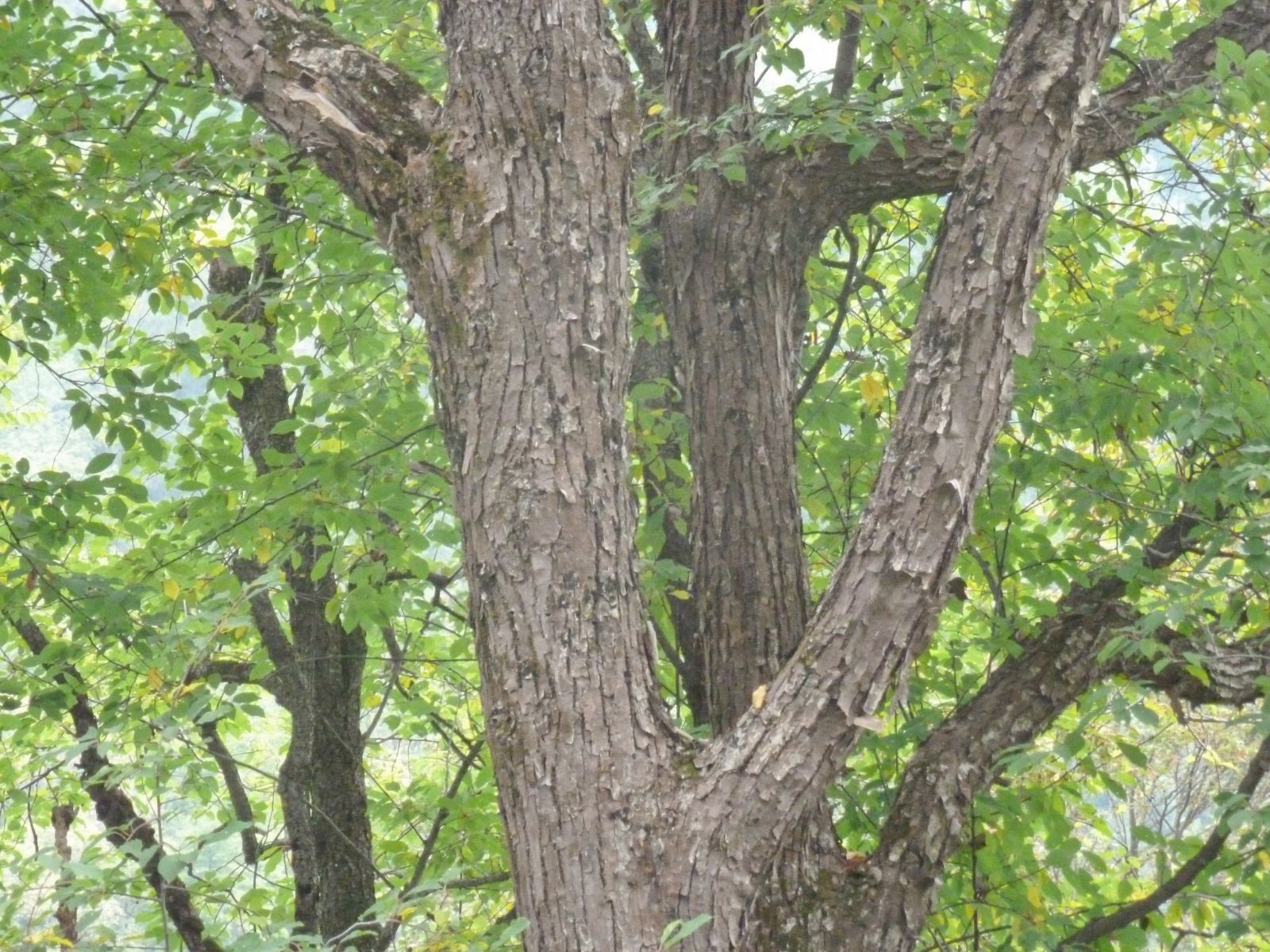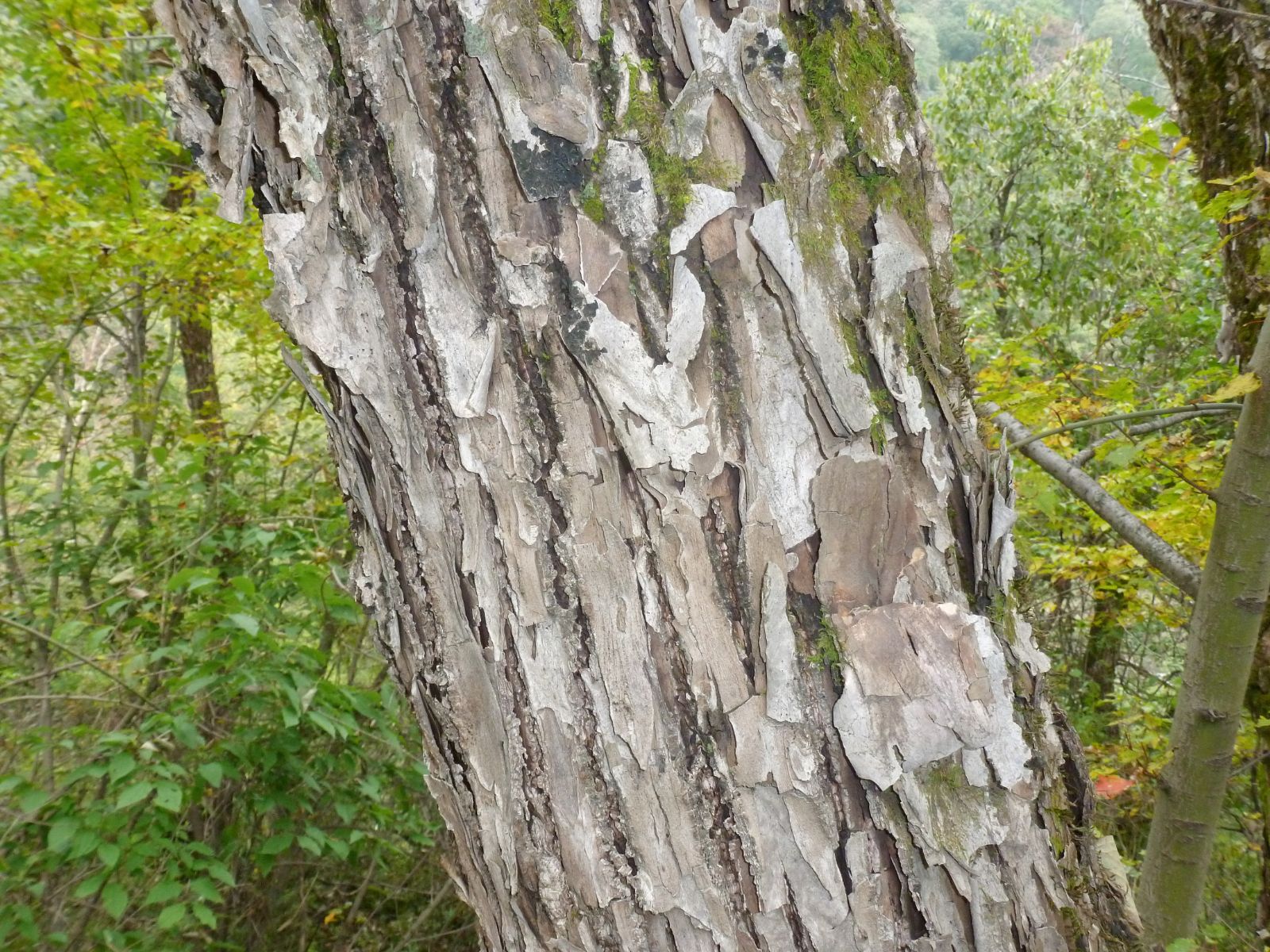Tilia chinensis
Sponsor
Kindly sponsored by
a member of the International Dendrology Society
Credits
Owen Johnson & Julian Sutton (2020)
Recommended citation
Johnson, O. & Sutton, J. (2020), 'Tilia chinensis' from the website Trees and Shrubs Online (treesandshrubsonline.
Genus
Common Names
- Chinese Lime
- Chinese Linden
Synonyms
- Tilia laetevirens Rehder & E.H. Wilson
- Tilia intonsa Wilson
Other taxa in genus
- Tilia americana
- Tilia amurensis
- Tilia callidonta
- Tilia chingiana
- Tilia concinna
- Tilia cordata
- Tilia dasystyla
- Tilia endochrysea
- Tilia × euchlora
- Tilia × europaea
- Tilia × flaccida
- Tilia × flavescens
- Tilia Hanwell Hybrids
- Tilia 'Harold Hillier'
- Tilia 'Harvest Gold'
- Tilia × haynaldiana
- Tilia henryana
- Tilia japonica
- Tilia × juranyana
- Tilia kiusiana
- Tilia mandshurica
- Tilia maximowicziana
- Tilia miqueliana
- Tilia mongolica
- Tilia nobilis
- Tilia × noziricola
- Tilia oliveri
- Tilia paucicostata
- Tilia platyphyllos
- Tilia tomentosa
- Tilia tuan
- Tilia 'Westonbirt Dainty'
Tree to 20 m. Bark grey, with close vertical ridges in maturity. Twigs slender (2–3 mm thick), green, becoming glabrous. Buds large (9–12 mm long), with 2 visible scales of almost equal length, mostly glabrous. Leaves 7–12 × 5.5–9.5 cm, orbicular to subrectangular, rugose; upper surface soon glabrous, lower surface greenish, with a variable cover of brown stellate hairs (most commonly with 4 or 8 arms), and with longer brown hairs fringing the vein-axils; teeth of the upper part of the leaf margin rounded with mucronate tips 0.5 mm long to almost absent. Floral bracts 5–11 × 0.8–2.3 cm, pale green with dense stellate hairs below, sessile or with stalk to 0.5 cm. Inflorescence drooping, normally with 2–5 flowers; staminodes 5. Fruit large (8–14 × 7–9 mm) , 5-ribbed, mamillate and tomentose; fruit-wall thick and woody. (Tang et al. 2007; Pigott 2012).
Distribution China Gansu; Henan; Hubei; Shaanxi; Sichuan; Xizang; Yunnan.
Habitat Forests between 1800 and 3900 m.
USDA Hardiness Zone 7-8
RHS Hardiness Rating H5
Conservation status Least concern (LC)
Tilia chinensis is an extremely variable species from the broad ring of mountains surrounding Sichuan (Pigott 2012), where it makes a big tree with a rounded, spreading crown. A member of Section Astrophylira, the leaves are dull green above, the undersides covered in brown hair with the green showing through. The extent of this indumentum is variable and not considered taxonomically significant by Pigott (2012), although the Flora of China treatment (Tang et al. 2007) uses it to distinguish infraspecific taxa. Within T. chinensis, Flora of China maintains var. investita (V. Engl.) Rehder, with fewer hairs on the leaf underside, though with tufts of hair in the leaf axils, and var. intonsa (E.H. Wilson) Y.C. Hsu & R. Zhuge (see Bean: B601), with longer, dense tomentum on the twigs (said to be glabrous in var. chinensis); but it is likely that these are merely points in a continuum (Grimshaw & Bayton 2009).
Although infrequent, the species has grown well across Britain, with trees to 14m, dbh 53 cm (2014) at the Royal Botanic Garden Edinburgh (an accession from Farrer 393, originally grown as Tilia laetevirens), and to 22, dbh 46 cm (2009) in the lime collection within Dibben’s Wood at Deene Park, Northamptonshire (Tree Register 2018). This latter group would belong to var. intonsa, whose Latin name aptly describes the rather shaggy, unkempt and unshaven appearance of the foliage of these downy trees. More recent introductions include SICH 1125 of 1992, which had flowered at Kew before 2009 (Grimshaw & Bayton 2009). Young specimens are recorded from several collections in Belgium and Germany (Meise Botanic Garden 2020; Arboretum Wespelaar 2020; Botanische Gärten der Universität Bonn 2020).
Rare in North American collections, two specimens are established in the David C. Lam Asian Garden, Vancouver, one of var. intonsa (garden origin, 1988), the other from SICH 1158 of 1993 (University of British Columbia 2020). There are several recent accessions at the Arnold Arboretum, Massachusetts (Arnold Arboretum 2020).
Dirk Benoit of Pavia Boomkwekerij has found T. chinensis difficult to propagate, as it will not ‘take’ on stocks of either T. cordata or T. platyphyllos (Benoit 2006). However, this is not every grafter’s experience, since Humphrey (2019) reports the use of T. chinensis as an interstem graft between T. cordata rootstock and T. callidonta scion. Even so, failure of the scion probably explains why the trees labelled T. intonsa at Colesbourne mentioned by Bean (1981) and Clarke (1988) are both T. platyphyllos (Grimshaw & Bayton 2009).

